Ordinary Portland Cement (OPC) is one of the most widely used cement around the world. It is the primary ingredient in preparing concrete, which is used in various construction projects, from buildings and bridges to roads (especially right pavement) and dams. OPC was first manufactured in 1824 by Joseph Aspdin in England by using calcareous and argillaceous. In this article, the properties, composition, manufacturing process, and uses of ordinary Portland Cement are discussed.
Properties of Ordinary Portland Cement:
Ordinary Portland Cement is a fine powder that is grey in colour. It has a high compressive strength, which makes it suitable for use in structures that need to withstand heavy loads. It also has good workability and can be easily mixed with water to form a paste that can be moulded into various shapes. OPC sets and hardens quickly, which makes it suitable for construction projects that require rapid strength development.
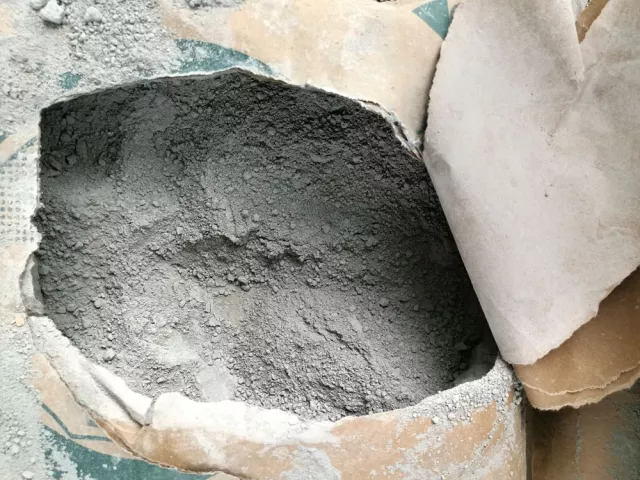
Compressive strength: The ability of OPC to resist compression is high, which makes it a suitable choice for construction projects that require structures to withstand heavy loads. The compressive strength of OPC usually increases with time and depends on factors such as the type and quality of the cement, as well as the curing conditions.
Ordinary Portland Cement is classified into to following categories and is designated as shown against the following as per the Indian standard 269: 2015. The classification represents the minimum compressive strength of the cement after 28 days of well-cured conditions.
| Ordinary Portland Cement, 33 Grade | OPC 33 |
| Ordinary Portland Cement, 43 Grade | OPC 43 |
| Ordinary Portland Cement, 53 Grade | OPC 53 |
| Ordinary Portland Cement, 43 Sleeper Grade | OPC 43S |
| Ordinary Portland Cement, 53 Sleeper Grade | OPC 53S |
Also, read: Compressive Strength of Concrete
| Compressive strength (MPa) not less than | OPC 33 | OPC 43 | OPC 53 | OPC 43S | OPC 53S |
|---|---|---|---|---|---|
| 72 ± 1 hr | 16 | 23 | 27 | 23 | 27 |
| 168 ± 2 hr | 22 | 33 | 37 | 37.5 | 37.5 |
| 672 ± 4 hr | 33 | 43 | 52 | 43 | 53 |
Workability: OPC has good workability, which means that it can be easily mixed, placed, and compacted. The workability of cement can be affected by factors such as the water-cement ratio, the temperature, and the presence of other materials such as admixtures.
Also, read: What Is The Water-Cement Ratio?: Calculation And Value Of Water Cement Ratio.
Durability: OPC has good durability, which means that it can resist the effects of weathering and ageing. The durability of OPC can be enhanced by using additives such as fly ash or slag, which can improve its resistance to sulfate and chloride attacks.
Setting time: OPC sets and hardens quickly, which makes it useful for projects that require rapid strength development. The setting time of OPC can be controlled by adjusting the water-cement ratio, the temperature, and the use of chemical admixtures.
| Setting time with Vicat apparatus | OPC 33 | OPC 43 | OPC 53 | OPC 43S | OPC 53S |
|---|---|---|---|---|---|
| Initial | 30 minutes | 30 minutes | 30 minutes | 60 minutes | 60 minutes |
| Final | 600 minutes | 600 minutes | 600 minutes | 600 minutes | 600 minutes |
The heat of hydration: OPC generates heat during the chemical reaction that occurs when it is mixed with water. The heat of hydration can affect the temperature and rate of setting, as well as the strength and durability of the cement. The heat of hydration can be reduced by using additives such as fly ash or slag, or by controlling the curing conditions.
Fineness: The fineness of OPC affects its strength and setting properties. Finer particles of cement hydrate more quickly, resulting in higher early strength development. OPC is typically tested for fineness using the Blaine air permeability test.
| Fineness, m2/kg | OPC 33 | OPC 43 | OPC 53 | OPC 43S | OPC 53S |
|---|---|---|---|---|---|
| Blaine’s air permissibility | 225 | 225 | 225 | 370 | 370 |
Soundness: The soundness of OPC refers to its ability to retain its volume and strength after setting. Unsound cement can expand and crack, leading to structural damage. OPC is typically tested for soundness using the Le-Chatelier apparatus or the autoclave test.
| Soundness | OPC 33 | OPC 43 | OPC 53 | OPC 43S | OPC 53S |
|---|---|---|---|---|---|
| Le-Chatelier | 10mm | 10mm | 10mm | 5mm | 5mm |
| Autoclave | 0.8% | 0.8% | 0.8% | 0.8% | 0.8% |
Consistency: The consistency of OPC refers to its ability to maintain a uniform and predictable performance over time. Consistency can be affected by factors such as the quality and composition of the cement, the curing conditions, and the presence of contaminants or impurities.
Also, read: Test For Standard Consistency Of Cement
Composition of Ordinary Portland Cement:
Clinker: The primary component of OPC is clinker, which is a nodular material produced by heating a mixture of limestone and clay in a kiln to temperatures ranging from 1400 to 1600°C. The chemical reactions that occur during the calcination process result in the formation of calcium silicates, calcium aluminate, and calcium aluminoferrite, which are the main cementitious compounds that contribute to the strength and durability of the cement.
Gypsum: Gypsum is added to OPC during the grinding process to control the setting time and to prevent flash setting. Gypsum reacts with the clinker to form calcium sulfate dihydrate, which slows down the setting of the cement and enhances its workability.
Minor constituents: OPC may contain minor amounts of other materials, such as fly ash, blast furnace slag, or pozzolanic materials, which are added to improve certain properties of the cement, such as its strength, durability, and sustainability.
OPC is composed of four main components: calcium, silica, alumina, and iron. These components are obtained from raw materials such as limestone, shale, and clay. The raw materials are crushed, ground, and blended into a fine powder called a raw meal. The raw meal is then heated in a kiln at a temperature of about 1450°C, which causes chemical reactions that result in the formation of clinker. The clinker is cooled and ground into a fine powder called cement.
| a. | Tricalcium silicate | 3 CaO.SiO2 (C3S) | 40% |
| b. | Dicalcium silicate | 2CaO.SiO2 (C2S) | 30% |
| c. | Tricalcium aluminate | 3CaO.Al2O3 (C3A) | 11% |
| d. | Tetracalcium aluminate | 4CaO.Al2O3.Fe2O3 (C3AF) | 11% |
Also, read: Portland Cement: Properties, Composition, Manufacturing Types and Uses
The manufacturing process of Ordinary Portland Cement:
The manufacturing process of OPC involves the following steps:
- Raw materials preparation: The raw materials are crushed, ground, and blended to form a fine powder called raw meal.
- Clinker production: The raw meal is heated in a kiln at a temperature of about 1450°C, which causes chemical reactions that result in the formation of clinker.
- Clinker cooling: The clinker is cooled in a cooling chamber.
- Clinker grinding: The cooled clinker is ground into a fine powder called cement.
- Storage and packaging: The cement is stored in silos and then packaged into bags or transported in bulk.
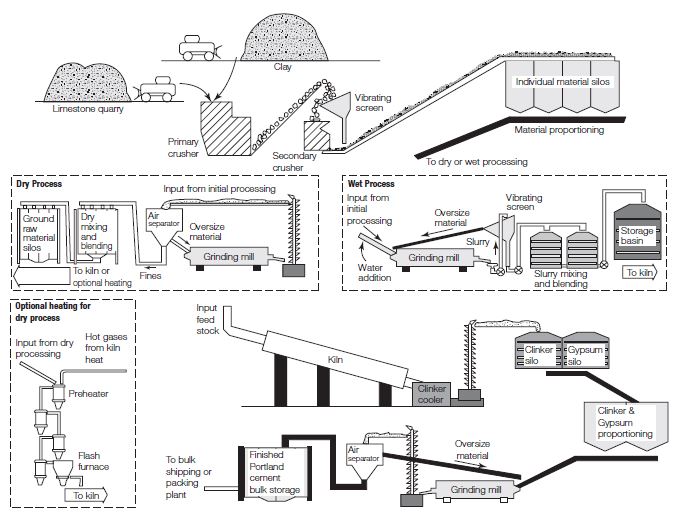
Also, read: What is Mortar? | Types of Mortars | Application
Uses of Ordinary Portland Cement:
Ordinary Portland Cement (OPC) is a widely used construction material due to its versatility and high strength. Some common uses of OPC are:
- Building construction: OPC is used in the construction of buildings, such as residential and commercial structures, due to its high compressive strength and durability. It is used in applications such as foundations, walls, floors, and roofs.
- Infrastructure projects: OPC is used in the construction of infrastructure projects, such as bridges, dams, and highways, due to its ability to withstand heavy loads and harsh environments. It is also used in the construction of water treatment plants and pipelines due to its resistance to chemical attacks.
- Precast concrete products: OPC is used in the production of precast concrete products, such as blocks, pipes, and poles, due to its high strength and consistency. Precast concrete products are manufactured in a controlled environment, which ensures quality and consistency in the final product.
- Decorative concrete: OPC can be used in the production of decorative concrete, such as stamped concrete or exposed aggregate concrete, to create attractive and durable surfaces for outdoor and indoor applications.
- Repair and maintenance: OPC is used for the repair and maintenance of existing structures, such as bridges, highways, and buildings. It can be used to fill cracks, repair damaged concrete, and reinforce existing structures.
Also, read: Types of Cement | Grade of Cement | 10 Types
FAQs
Q: What is Ordinary Portland Cement?
Ans: Ordinary Portland Cement (OPC) is a widely used type of cement that is produced by grinding together clinker, gypsum, and small amounts of other materials.
Q: What are the different grades of Ordinary Portland Cement?
Ans: There are three grades of Ordinary Portland Cement: 33 grade, 43 grade, and 53 grade. The grade refers to the strength of the cement, with higher numbers indicating higher compressive strength.
Q: What are the main applications of Ordinary Portland Cement?
Ans: Ordinary Portland Cement is used in a wide range of construction applications, including the production of concrete, mortar, and grout. It is also used in the manufacture of precast concrete products, such as pipes, blocks, and poles.
Q: What is the setting time of Ordinary Portland Cement?
Ans: The setting time of Ordinary Portland Cement can vary depending on the specific type and the environmental conditions, but it typically takes several hours for the cement to initially set and several days to reach its full strength.
Q: What is the difference between OPC and PPC (Portland Pozzolana Cement)?
Ans: OPC is made from clinker and gypsum, while PPC is made by adding pozzolanic materials, such as fly ash, to the mix. PPC has better durability and workability than OPC, but OPC has higher early strength.
Q: What are the advantages of using Ordinary Portland Cement?
Ans: OPC is widely available, cost-effective, and easy to work with. It also has good compressive strength and can be used in a wide range of applications
Q: What are the environmental impacts of using Ordinary Portland Cement?
Ans: The production of Ordinary Portland Cement is a significant source of greenhouse gas emissions, particularly carbon dioxide. However, the cement industry is taking steps to reduce its environmental impact, such as by using alternative fuels and developing more sustainable production methods.
References:
- Bureau of Indian Standards. (2015). Ordinary Portland cement – Specification (6th revision) [IS 269: 2015].
- Portland cement. (2023, November 1). In Wikipedia. https://en.wikipedia.org/wiki/Portland_cement
![]()





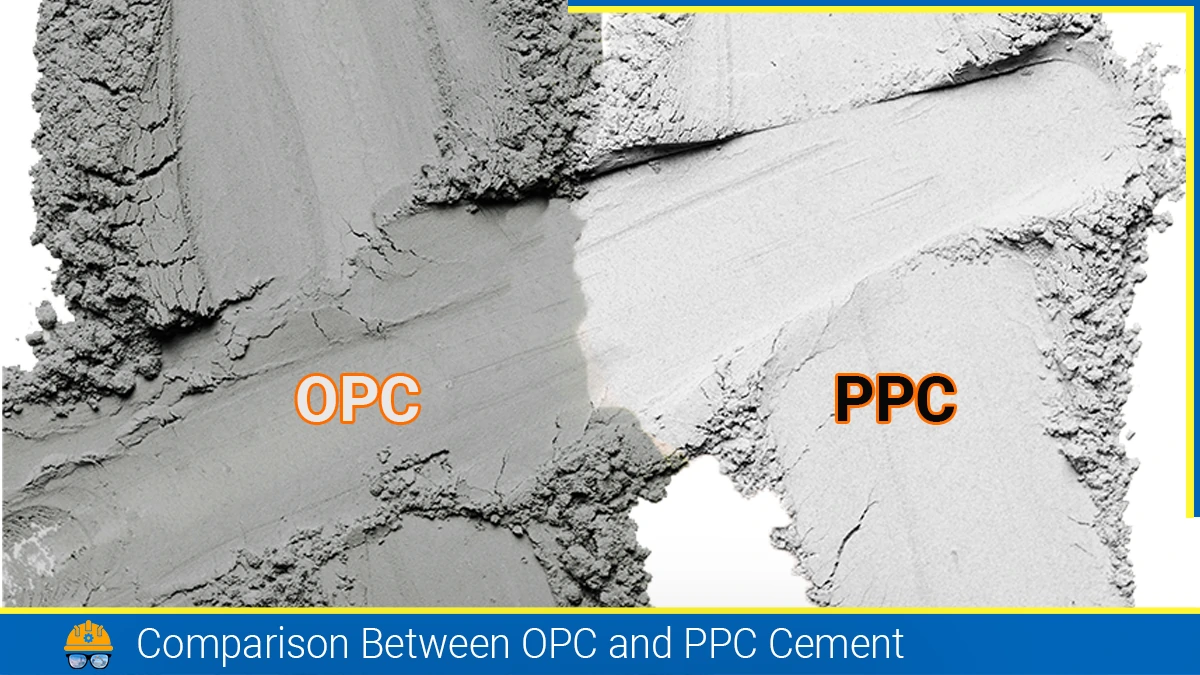
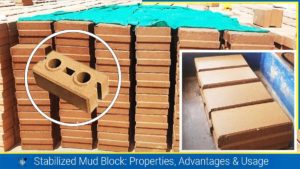
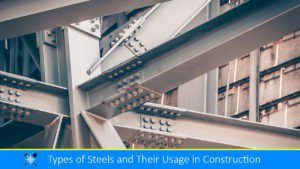
Hi, IS codes for various OPC cement grade have been merged into IS 269. Please update same.
Good and informative article.